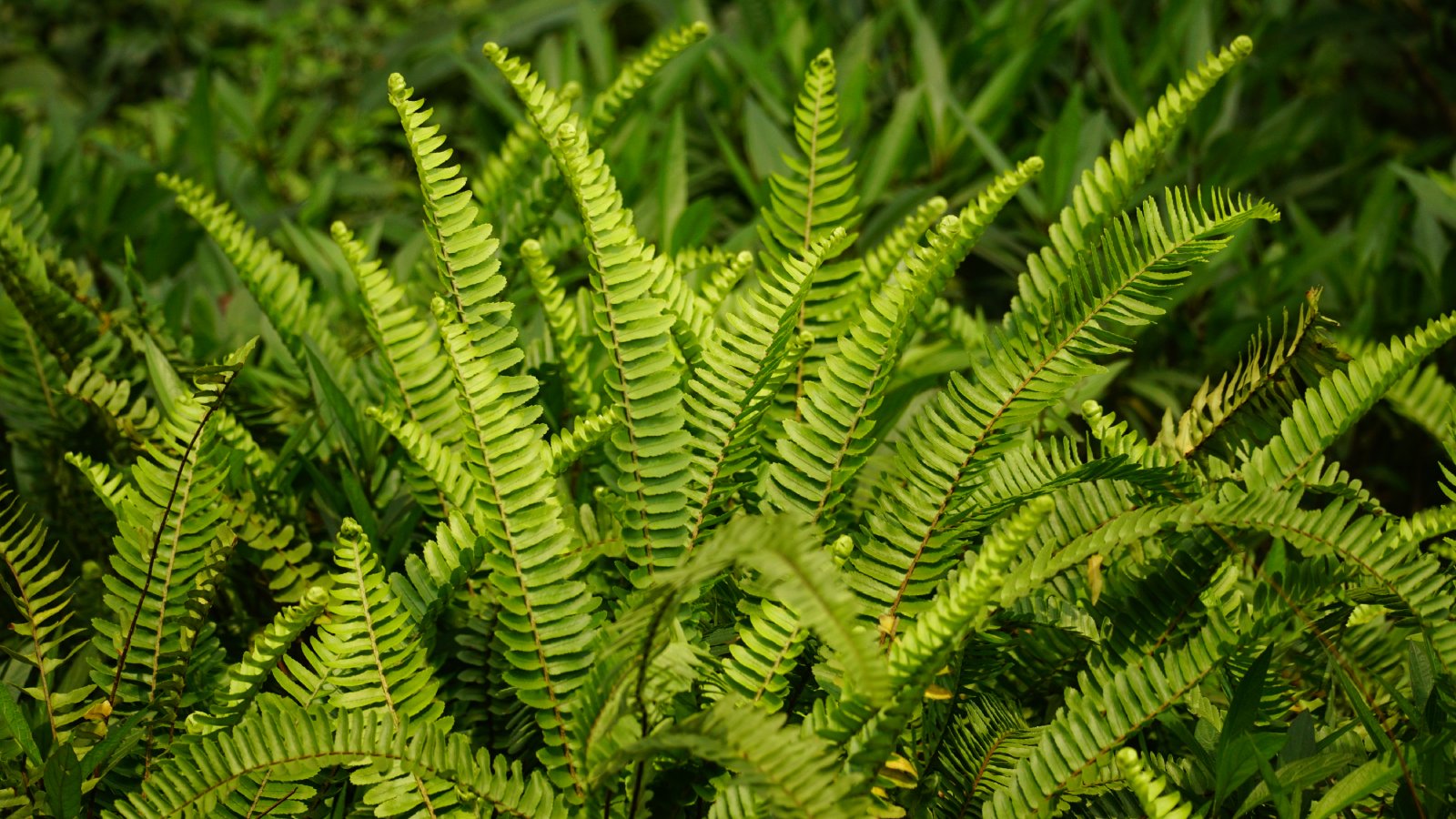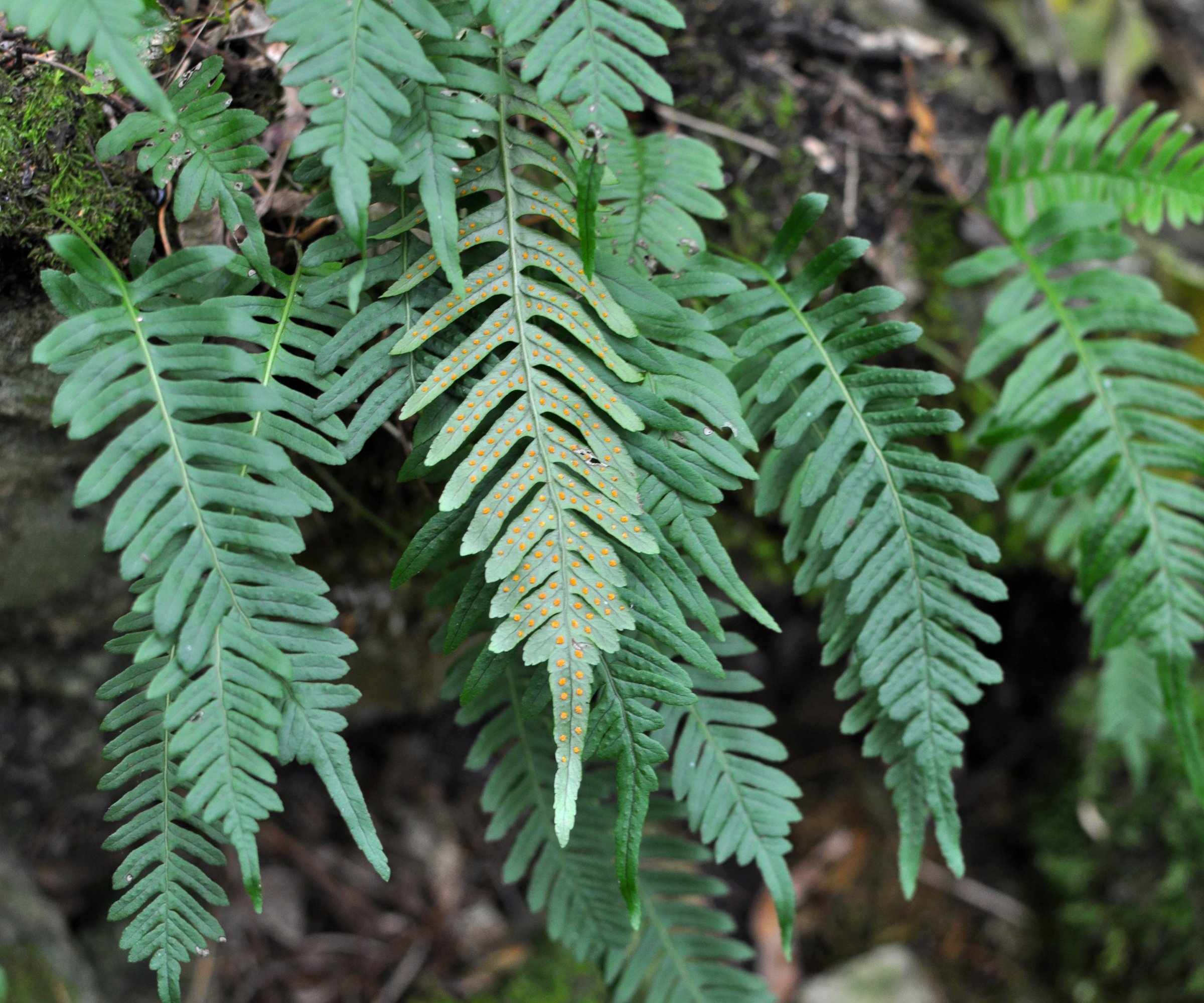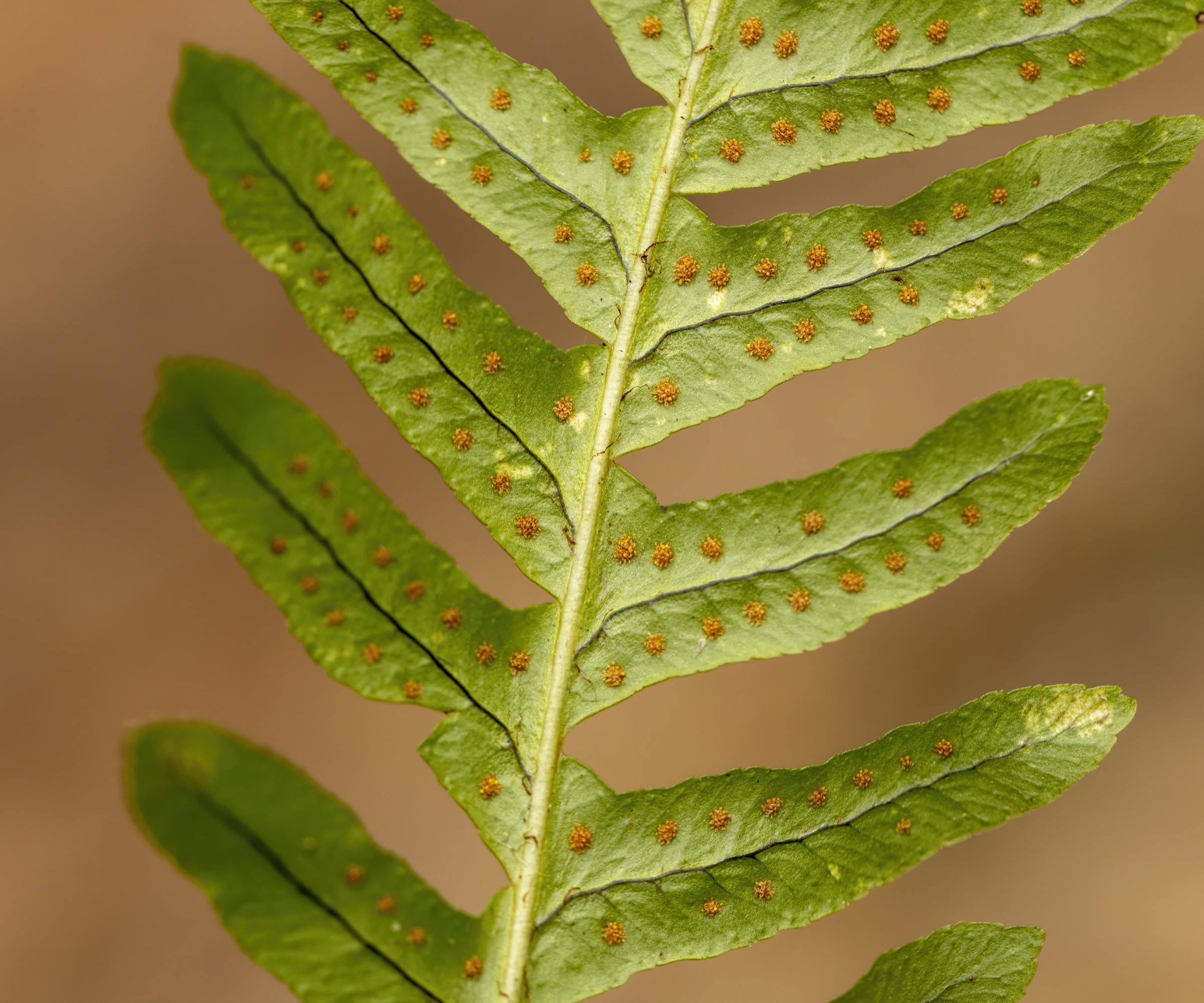Polypodium Care: How To Grow And Care For Polypodium Ferns
A small fern with a funny name, the polypodium - or polypody fern - likes to be shaded by trees and enjoys a moist environment.


Polypodium Fern Quick Facts
Botanical name: Polypodium
Height: 1 foot (0.3 m)
Spread: 1 foot (0.3 m)
Sun exposure: Partial to full shade
Soil requirements: Well draining
Hardiness zones: USDA 3-8 ( depending on species)
Polypodium is a fun little fern also called rock polypody or polypodium vulgare. It is native to the Americas and parts of Asia, with some species from Africa. The polypody fern prefers moist sites with some shade and makes an interesting woodland or riparian specimen in the garden. A common variety of fern, the polypody is an evergreen that forms a mat as it matures.
Polypodium Care
Polypody ferns are low growing plants, seldom reaching over a foot (0.3 m) in height with a similar spread. As with most outdoor fern care, they don't need much attention, as long as they're situated in an area with sun protection.
Light
Most of the species of polypodium fern prefer partial to full shade. Deep shade seems ideal where the plant gets 2 or fewer hours of direct sun per day. They perform best as understory plants, protected from sun by trees or other taller species.
Water
While these ferns need well draining soil, they do require consistent moisture. Plants in the ground should be watered daily in summer heat. Those in containers may need watering twice per day in the summer.
Temperature & Humidity

Each species has a different hardiness level. Several are hardy to United States Department of Agriculture zones 3 while others, such as P. polypodioides and P. vulgaris are only hardy to USDA zone 6. They prefer temperate regions and cooler temperatures overall.
Soil
Well draining sites are necessary for the health of these ferns. The polypodium fern is often found in sandy soil, but humus to nearly infertile soils are also acceptable. The resurrection fern ( P. polypodioides) can also be grown on logs or even rocks.
Fertilizer
Established plants do not need feeding, but will respond well to a light spring application of a balanced fertilizer. Plants in containers should receive a diluted by half fertilizer in spring and every month until August.
Sign up for the Gardening Know How newsletter today and receive a free copy of our e-book "How to Grow Delicious Tomatoes".
Problems, Pests, & Diseases
These ferns have no listed pest or disease concerns. They are even rabbit and deer tolerant.
Pruning
The only pruning necessary on polypodium is to remove dead or damaged leaves. Over time, the lower leaves will die to make room for new growth. Simply snip these out at the crown.
Propagation

To propagate ferns, divide the rhizomes in early spring or autumn and pot them up in a peat/perlite mixture. Keep the mixture moist as the new plant produces more roots. Naturally, the plants reproduce by dispersal of spores.
Repotting
Container bound plants will enjoy a well draining soil with coir and perlite or vermiculite. Remove the plant carefully when repotting and reinstall it at the same level it was in previously. Water immediately after repotting to settle soil.
Varieties
- Polypodium virginianum: Virginia polypody or rockcap fern is found wild in cliffs, rocks, boulders, and on ledges. It has arching, deeply cut fronds and will mature into colonies of clumps.
- Polypodium polypodioides: Resurrection fern will curl up and the leaves will brown in hot weather. Just when you think it died, cooler weather and rain will see it rise up like Lazarus. This fern needs to be exposed to very little sun and in a site where the soil is cool and damp.
- Polypodium appalachianum: Appalachian rockcap fern forms a dense mat that traps nutrients and moisture. The lance shaped leaves are widest at the base.
- Polypodium virginianum: This fern looks similar to the Appalachian rockcap, but its leaves are widest at the middle. The plant is very sensitive to dryness and sun. It is an epiphyte which gathers its nutrients and moisture from the air. The fern is often found in inhospitable soils or even rocks.
- Polypodium vulgare: Native to Africa and Eurasia, this is one of the less hardy of the polypodis. In its native range it is made to make nougat and used as an herbal remedy. The leaves are leathery and lance shaped with distinct bumps visible on the upper leaflets. This fern is known as common polypody.

Bonnie Grant is a professional landscaper with a Certification in Urban Gardening. She has been gardening and writing for 15 years. A former professional chef, she has a passion for edible landscaping.